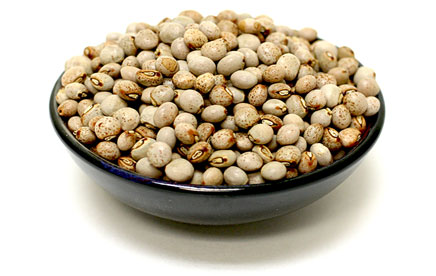Pigeon pea, also known as Red Gram, Congo pea, Toor or Gunga Pea, is one of the best nutritional legumes known to mankind. This yellow-coloured legume known as arhar or toor dal in the Indian subcontinent is a household favourite. Its botanical name is Cajanus Cajan and belongs to the Fabaceae family.
Pigeon pea which was once confined to the tropical lands of Africa is now highly cultivated in India, Indonesia, the Caribbean and Malaysia. Madagascar is home to the biggest diversity of the pigeon peas compared to those found anywhere else.
Rich in calcium, magnesium, potassium and phosphorus, Pigeon pea contains less amount of copper, zinc and magnesium and good amount of selenium and iron.
The health benefits
- A fine paste made of pigeon pea when applied regularly helps treating bald patches.
- Juice prepared from its leaves with a pinch of salt is said to an effective remedy in jaundice treatment.
- Swelling could be reduced by poultice made from seeds.
- Inflammation of internal organs and swelling are not much of a problem with pigeon pea to the rescue.
- When mixed with water, it is known to ease intoxicating effects.
The dark side
Anything in excess is bad for health. The same idea holds true in case of pigeon peas as well. Too much consumption is known to cause hyper-acidity.
Patients suffering from heart diseases and gastric ulcers are thus advised to refrain including pigeon pea in their meals.
The final verdict
Pigeon pea can form a vital part of your diet. Besides benefiting your health it is also acts as a tasty dish.

